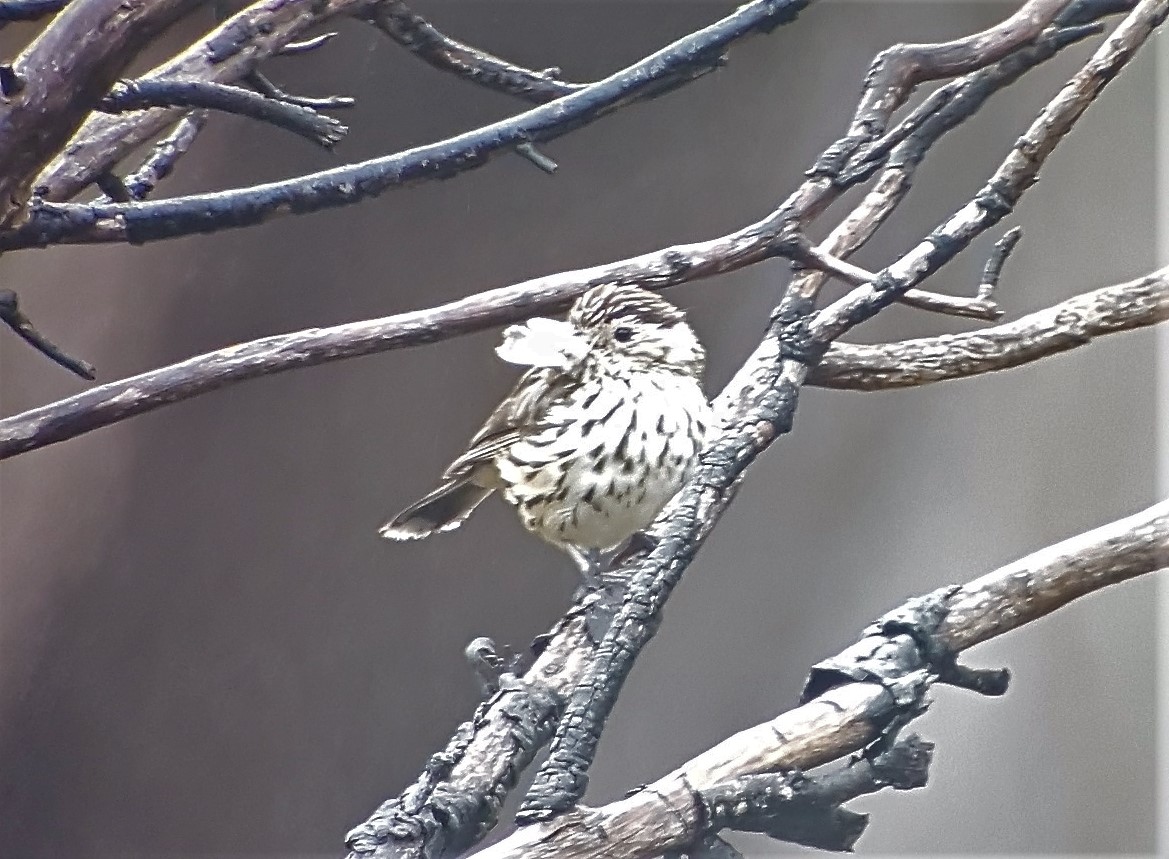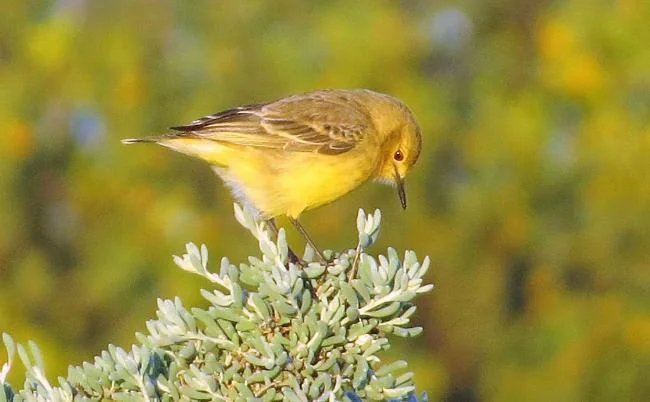The Plains-wanderer is one of the rarest and most evolutionary distinct species on the planet, restricted to south-eastern Australia, the only member of its family, and an incredibly difficult bird to see in the wild.
Current estimates put its total population at up to a thousand, however this may be quite optimistic currently.
I have spent countless nights over the last 16 years wandering the grassy plains of northern Victoria in search of this bird. For many years I ran walking tours to see this species. I had so many wonderful nights sharing this special bird with visitors from around Australia and the world, however I had to stop in 2012 as they just became too hard to find. These night walks were very successful until 2011 when an extremely high rainfall year transformed the few remaining native grasslands in northern Victoria and made them uninhabitable by Plains-wanderer. There was a 95% crash in their numbers in Victoria . This population decline also occurred across their wider range, driven by drought then floods, and with few normal years in between.
Until mid 2011 I was able to find these birds on the grasslands of Terrick Terrick National Park. This was also the time when I had the amazing fortune to see Plains-wanderers alongside Little and Red-chested Button-quail which were booming at the time.
In mid 2011 I expanded my searches up to the native grasslands of the Avoca plains west of Kerang. These reserves had only been recently purchased by the state and had been grazed very hard beforehand. I continued to find Plains-wanderer here until Jan 2012 which was the last known record on the Avoca plains.
That’s when I gave up on offering tours aimed at this bird.
All my observations mirrored the results of official surveys.
And so it transpired that the only known Plains-wanderers left in northern Victoria by 2012 were in a couple of heavily grazed private grasslands, perhaps just a handful of birds. Due to the kindness of a local landholder I was lucky enough to see a couple of these birds in 2014.
It was 4 years before there was any sign of recovery at all. In 2015/16 I located two or three male Plains-wanderers as well as a female bird back in the Terrick Terrick NP . Around that time researchers were finding a number of young birds, from pairs that bred that year on public and private land nearby. Then in spring 2016 another very wet period caused a setback on the National Park grassland reserves and once again the local Plains-wanderers retreated to nearby private land and I gave up searching again.
So now to 2018. We have just come through a very dry year, Victoria’s grasslands are much sparser again and once again I have found this bird on public reserves in the northern plains of Victoria. Due to the excellent work of various agencies and private landholders, more and more Plains-wanderer habitat is being maintained in suitable condition, more often, and regardless of the weather. Increased funding has allowed this to happen. The signs are good and the Wanderers are hopefully going to have a good summer. I would like to acknowledge the tremendous work being done by many people to assist the recovery of this special bird.
Currently although I am aware of the presence of a handful of birds on public land, until they consolidate, and spread out to their other former territories which remain mostly uninhabited, I have been inclined to leave them be, and discussions with land managers have led me to the same conclusion. I will continue to wander the plains until they are back in better numbers and offer trips again to see them, which I am now optimistic will happen.
There are few better birding experiences than finding a Plains-wanderer up close and personal on foot in their habitat at night!!








